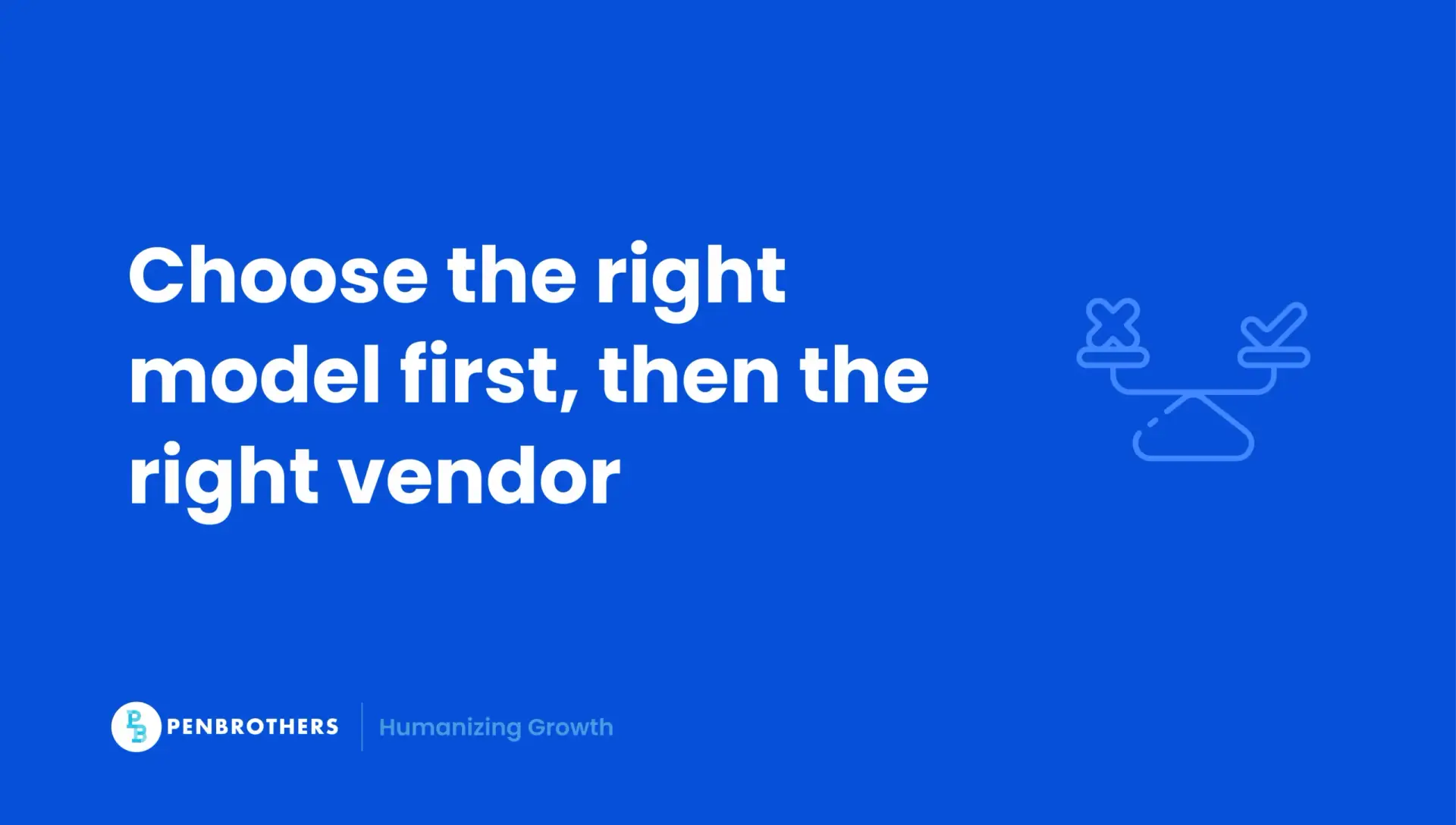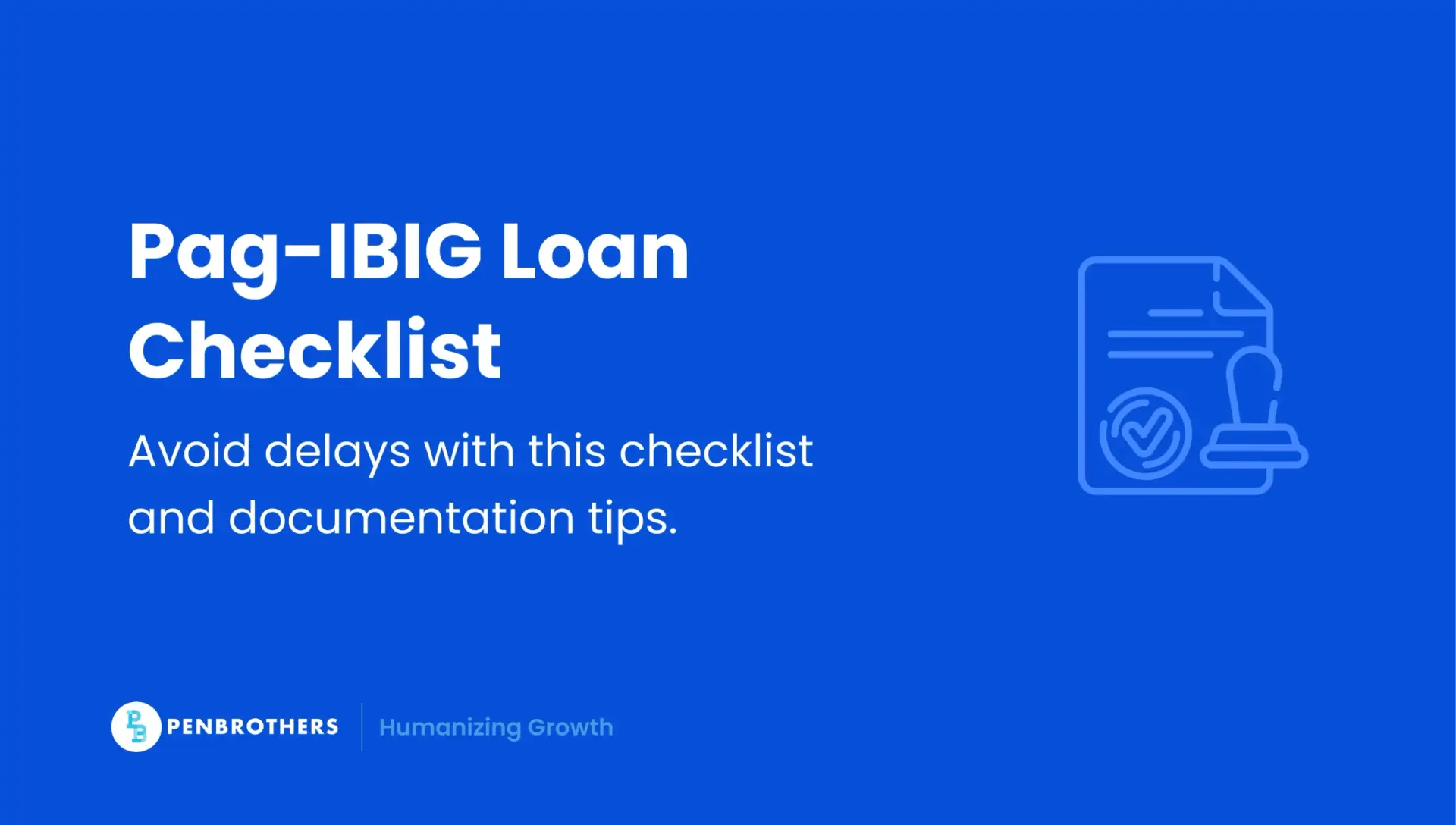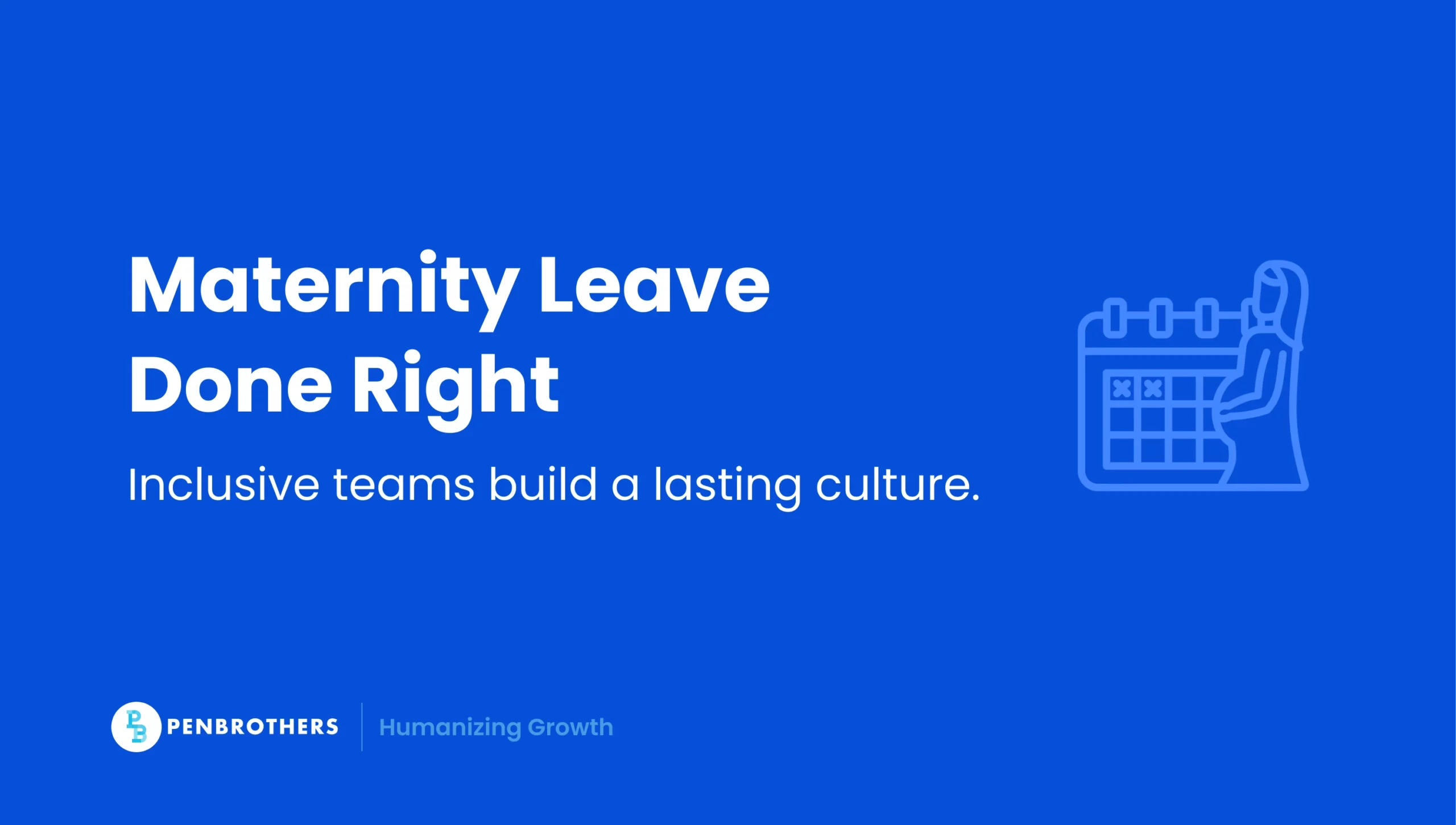What's Inside?
HR Outsourcing Companies: The 2025 Buyer’s Guide for U.S. SMBs

You run payroll across four states.
One employee moved last month. Another just hit a benefits eligibility milestone, which you learned about on a Thursday afternoon, the kind of Thursday when you were already underwater. The ACA reporting window is closing. It has been closing for weeks, in the way that deadlines close when you are running a business and HR is the thing you do at night, after the real work.
Your internal HR lead is spending more time reconciling tax notices than coaching managers. This is not what you hired her for. This is not what she wants to be doing. But here we are.
So you search for HR outsourcing companies and find list after list. The lists are long. They are not helpful. None of them answer the first question, the one that costs you the most money if you get it wrong: which model fits your risk, your headcount, your multi-state footprint? Choose wrong and you inherit higher costs, compliance exposure you did not anticipate, and a contract that boxes you in. Choose well and HR becomes predictable, scalable, boring in the best way. Boring like a utility bill. Boring like your bank statement when nothing is on fire.
This guide gives you a clear decision framework before any shortlist. It gives you pricing patterns and a due-diligence checklist you can copy into your RFP. It is built for U.S. SMBs comparing HRO, PEO, and EOR in 2025.
Key Takeaways
- A Strategic Solution to HR Complexity: HR outsourcing is a strategic move for U.S. SMBs to manage rising compliance complexity (like multi-state payroll), gain access to specialized HR expertise, and achieve predictable costs, allowing leadership to focus on core business growth.
- The Model You Choose Is the Most Critical First Step: “HR outsourcing” is a broad term. Businesses must first choose the correct model for their needs: HRO (modular delegation where you remain the employer), PEO (a co-employment model for bundled U.S. benefits and compliance), or EOR (a legal employer for hiring in states or countries where you have no entity).
- PEO vs. EOR is a Common Point of Confusion: These two models solve different problems. A PEO (Professional Employer Organization) is for domestic U.S. employees where you share employer liability. An EOR (Employer of Record) is for international or out-of-state employees where the EOR becomes the sole legal employer, removing the need for you to set up a local entity.
- “Certified” PEO (CPEO) Status is a Non-Negotiable Due Diligence Check: When vetting a PEO, the most important factor is confirming its CPEO status on the official IRS list. A CPEO is legally authorized to assume sole liability for federal payroll taxes, protecting your business if the PEO fails to remit them. A non-certified PEO does not offer this protection.
What “HR Outsourcing Companies” Means in 2025, for U.S. SMBs
HR outsourcing companies provide external teams and systems to run specific HR functions. Payroll. Benefits administration. Employee relations. Compliance. In HRO, you remain the legal employer. In PEO, you enter co-employment. In EOR, a third party becomes the legal employer for specific hires.
Think in layers.
HRO is for modular delegation while you stay employer of record. You keep control. You offload tasks.
PEO is for bundled payroll, benefits, and compliance in a co-employment model, with special rules when the PEO is IRS-certified. You share risk. You gain leverage.
EOR is for compliant employment where you lack an entity or need targeted hires. You transfer the employer relationship entirely.
Co-employment in a PEO context means you share certain employer responsibilities with a Professional Employer Organization. The IRS explains certification, liability, and public listings here: About CPEO, CPEO customers, and the CPEO public list. ACA, COBRA, EPLI are core compliance domains to validate in any contract. Multi-state payroll means registration, withholding, and local laws differ. Confirm capability during evaluation.
It will not solve everything. But it can solve specific, expensive problems if you choose the right model first.
HRO vs PEO vs EOR: Choose the Model First
Use this decision tree.
Primary objective?
Hire in a state or country where you have no entity? EOR.
Offer competitive benefits, reduce admin load, and shift employment-tax liability in the U.S.? PEO.
Keep control, offload specific tasks like payroll or benefits paperwork? HRO.
The inputs that shape the choice: headcount, number of states, benefits complexity, in-house HR maturity, risk appetite.
Model snapshots
HRO means you delegate selected functions to a provider, retain legal employer status, and avoid co-employment. Best when you have an HR lead who needs capacity, not a complete transfer of responsibility.
PEO means co-employment with bundled services. If the PEO is a Certified PEO (CPEO), the provider becomes solely liable for federal employment taxes on wages it pays to worksite employees. Wage-base restart issues are avoided when joining or leaving mid-year.
EOR means the third party is the employer of record for targeted hires when you lack an entity, or for limited offshore expansion. The liability transfers. So does the administrative burden.
The outcomes to weigh: control, liability, time-to-value, scalability. Decide the model. Then build your shortlist.
Why Do Companies Outsource HR? The Executive Business Case
People outsource HR for predictable reasons.
Cost predictability. Fixed headcount, training, and tech licensing overhead are reduced. PEOs can unlock more competitive benefits rates for small groups. You trade variable complexity for fixed expense.
Compliance risk reduction. Laws change across federal, state, and local levels. They change often. Outsourcing reduces exposure to penalties tied to payroll taxes, wage and hour, and employee relations. You buy certainty, or something closer to it.
Access to expertise and technology. Instant capacity from seasoned HR professionals and modern HCM platforms. What would take you years to build, they already have.
Focus on core operations. Free leaders for product, customers, and growth. HR becomes someone else’s priority so it can stop being yours in the way that drains your time.
Talent and agility. Executives now outsource for skilled talent access and flexibility, not just cost. See Deloitte’s 2024 findings: Global Outsourcing Survey 2024.
This is the business case. It has not changed much. What has changed is the sophistication of the models and the stakes of choosing wrong.
Which Companies Outsource HR Functions, and Which Functions?
Outsourcing is common in SMBs and mid-market firms that operate across multiple states, face rising compliance complexity, or need to professionalize HR without adding headcount.
Payroll processing, benefits administration, and 401(k) administration lead the list. Time and attendance, leave management, HRIS support, employee relations guidance, recruiting add-ons, training, and safety follow.
What not to outsource: strategic workforce planning and culture. These are leadership work. Outsource repeatable, rules-driven tasks first. The tasks that, if you are honest, you resent having to do because they take time away from the work only you can do.
Pricing, Contracts, and How To Compare Apples to Apples
Pricing models are standard. Per-employee-per-month, percent of payroll, bundled tiers, and add-ons. Ask vendors to put every fee in writing. Every one.
What to normalize in quotes:
- Admin fee type and sensitivity to pay changes.
- Benefits costs and pass-through versus markup.
- Workers’ comp basis and impact.
- State unemployment (SUI) rates by state versus your current rates.
- One-time and hidden fees. Off-cycle payroll, corrections.
- Add-on modules like ATS, LMS, and performance tools.
Two similar PEPM quotes can diverge significantly once you equalize SUI rates, workers’ comp basis, and add-on modules. Use a comparison sheet before you negotiate. Do not trust the headline number.
Best HR Outsourcing Companies, U.S. SMB Focus
A quick, mixed-model list. Order is not a ranking. It is alphabetical within categories because rankings without your specific context are theatre.
PEO providers:
The incumbent. Unmatched scale with comprehensive service offerings for businesses from one employee to thousands. ADP TotalSource is IRS-certified, which means sole liability for federal employment taxes falls on them, not you. Robust technology with deep data analytics capabilities. Can be more expensive than smaller competitors, and the sheer number of offerings can be complex to navigate.
Best fit for businesses of any size looking for a stable, reputable, all-in-one provider with a proven track record.
Known for its high-touch service model with dedicated support teams. Access to Fortune 500-level benefits for businesses with as few as five employees. Focuses on HR admin, risk management, and training alongside the core PEO services. CPEO certified.
Best fit for SMBs between five and five thousand employees who value hands-on support and want enterprise-grade benefits without enterprise headcount.
Transparent, public pricing in an industry that typically requires custom quotes. User-friendly platform with strong customer support and a simple PEPM structure. Its PEO Basic plan is $79 per month per employee, and the PEO Plus plan is $109 per month per employee. CPEO certified with month-to-month contracts. May not be the most cost-effective for very small teams, and its primary focus is U.S.-based services.
Best fit for startups and growing SMBs that value predictability and ease of use.
Major competitor to ADP with similar range of services. Payroll, HRO packages, and full-service PEO primarily targeting small to mid-sized businesses. Emphasizes combination of Paychex Flex technology platform and dedicated human support. CPEO certified.
Best fit for SMBs looking for an established provider with flexible service tiers.
A modern, unified platform that seamlessly integrates HR and IT. Strong automation capabilities for employee onboarding that includes payroll setup and app provisioning. Flexible model allows you to use the HRIS and toggle PEO services on or off as needed. CPEO certified. Can be a higher-cost option, and some users report unexpected fees.
Best fit for technology-forward SMBs under three hundred fifty employees that prioritize an integrated and automated experience.
Differentiates through industry-specific expertise and tailored solutions for verticals like technology, financial services, and life sciences. Offers both traditional PEO and an ASO model called HR Plus that provides services without co-employment. CPEO certified. Pricing is typically PEPM rather than percentage of payroll.
Best fit for businesses in specialized industries that want sector-specific guidance alongside core services.
EOR providers:
Primarily an EOR and global payroll platform enabling companies to hire contractors and employees in over one hundred fifty countries without establishing local entities. Deel’s EOR service starts at $599 per employee per month, and its contractor management service starts at $49 per contractor per month. Has expanded to offer U.S.-based PEO services, making it a hybrid solution. Twenty-four seven HR and legal support.
Best fit for globally distributed companies or those planning rapid international expansion.
Established entity infrastructure with a focus on global EOR services. Deep experience in managing the legal and HR complexities of international employment.
Best fit for mid-market to enterprise companies expanding internationally who need a proven, stable partner.
Centralized global payroll platform that handles EOR payments alongside contractor and direct employee payroll. Focus on consolidating all workforce payments into a single system.
Best fit for companies with a complex mix of employment types across multiple countries.
Philippines-based employer of record for offshore teams. What sets Penbrothers apart is the Hypercare Framework: structured onboarding, continuous support, and alignment to ensure offshore talent delivers value from day one. Not just legal employment and payroll. Active partnership to help clients scale efficiently across roles and departments.
Best fit when you want a dedicated offshore team with full employment compliance and a support system designed for long-term success, not short-term arbitrage. Learn more.
Employment lifecycle coverage with localized contracts and compliance support. Focus on making international hiring straightforward with clear pricing and comprehensive services.
Best fit for companies expanding internationally who want an intuitive platform and strong compliance support.
Both U.S. and global EOR footprint with experience in managing complex, multi-country employment scenarios.
Best fit for companies with significant domestic and international hiring needs who want a single provider.
HRO provider:
Unique HRO model focused on very small businesses under five hundred employees. Provides a dedicated HR manager for compliance, policy development, and employee relations guidance. Does not handle payroll or benefits administration. Flat monthly fee based on employee count: $299 per month for 1-4 employees and $399 per month for 5-19 employees, plus a one-time setup fee.
Best fit for micro-businesses and startups that primarily need HR guidance and compliance support without full-service outsourcing.
U.S. Compliance Essentials: CPEO, Liability, and Verification
Co-employment changes liability.
With a CPEO, the provider becomes solely liable for federal employment taxes on wages it pays to your worksite employees. The IRS cannot pursue you if a CPEO fails to remit those taxes. Wage-based restart for FICA and FUTA does not apply when joining or leaving a CPEO mid-year. This is not a small thing. This is the reason the certification exists.
Core topics to confirm: ACA reporting, COBRA, I-9, workers’ comp, EPLI, multi-state payroll, and data security posture. Do not assume. Ask.
Ten compliance questions to add to your RFP:
- Multi-state registrations and local taxes covered?
- EPLI included, with clear limits?
- Dedicated HR BP or a ticket pool?
- Security controls, SOC reports, and incident history?
- References from similar size and footprint?
- Full fee transparency, including one-time and add-on costs?
- SUI rates by state disclosed?
- Workers’ comp basis explained?
- Benefits contributions and pass-through rules documented?
- CPEO status verified against the IRS list?
These questions are not optional. They are the difference between a partnership and a problem you inherit.
If you want to talk through your specific situation, we are here.
Request a free consultation → Contact Penbrothers
Frequently Asked Questions
The main difference is the legal employment structure:
HRO (Human Resources Outsourcing): You delegate specific tasks (like payroll) to a vendor, but you remain the sole legal employer and retain all liability.
PEO (Professional Employer Organization): You enter a co-employment relationship with the provider. You share employer responsibilities and liabilities, which is a model used for your domestic U.S. workforce.
EOR (Employer of Record): The provider becomes the sole legal employer for your workers. This model is used to compliantly hire staff in states or, most commonly, foreign countries where your company does not have a legal entity.
The two main reasons U.S. small and mid-sized businesses use a PEO are to gain access to better, more affordable employee benefits (like health insurance) by joining the PEO’s large pool, and to outsource the risk and complexity of managing multi-state payroll, tax filings, and labor law compliance.
A CPEO is a PEO that has been officially certified by the IRS. This certification is critical because it means the CPEO becomes solely liable for your federal employment taxes. If you use a non-certified PEO and they collect your tax money but fail to pay the IRS, the IRS can still legally hold your company responsible for the full amount.
You should always keep your core strategic functions in-house. This includes defining and leading your company culture, setting the executive compensation strategy, managing the final decisions on high-risk employee relations and terminations, and strategic workforce planning. Outsource the execution, not the accountability.
No. A PEO is a U.S. domestic co-employment model. To compliantly hire employees in the Philippines, where you do not have a legal entity, the correct and legally-required model is an Employer of Record (EOR). The EOR will act as the legal employer for your Filipino team and manage all local payroll, taxes, and labor law compliance.




